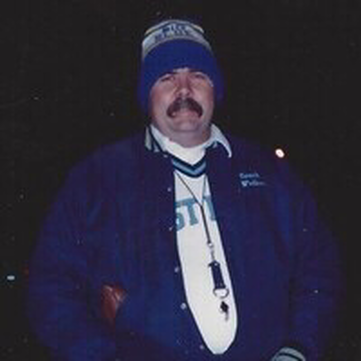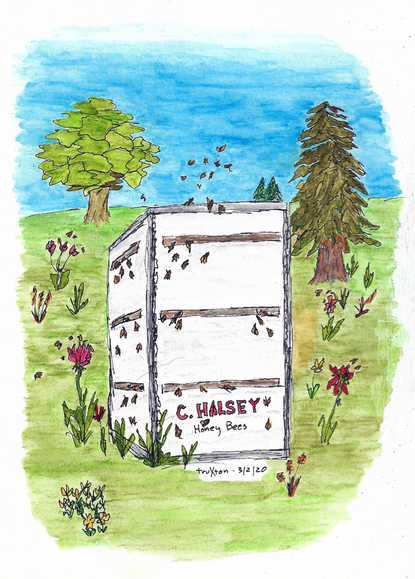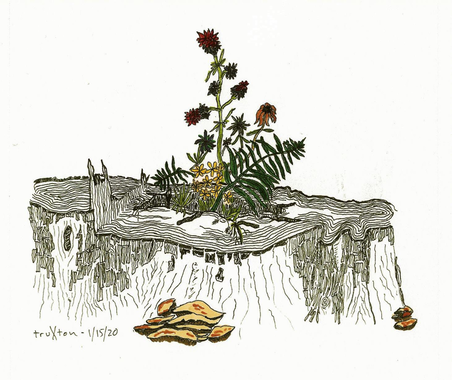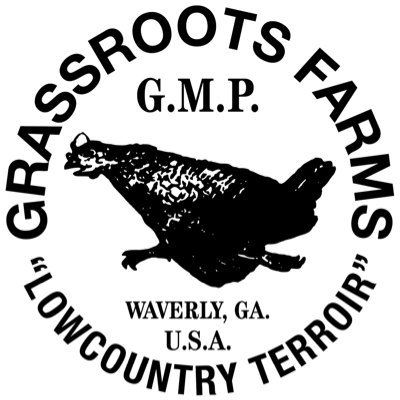 Coach Rick Walker Coach Rick Walker Sam Burnham, Curator When a young man stepped out on to C.E. Hamil Field to take up the task of playing offensive line, they were actually taking up the task of convincing Coach Rick Walker that they were up to the challenge. That is the predicament I walked into in spring practice of my freshman year. Over the next three years I learned technique, formations, fundamentals, assignments, and discipline. But that all composes just a fraction of what I learned while playing guard for Rick Walker. He preached “mental toughness.” The weight room and the practice field could condition our bodies but if our minds weren’t tough, we would quit when things got tough. We learned that toughness pushing him all over creation on a seven-man sled. We learned it “popping pads.” We learned it by doing agility drills. We learned it by stepping with the right foot, getting low, delivering at the point of impact, driving through our blocks, and returning to the huddle to do it again. And we learned it by repeating these things until we were exhausted and we had to force ourselves to do it again. “If you can’t get to that linebacker, we can’t run Belly. And we’re gonna run Belly, so you better get there.” He was a mountain of a man. He stood at least a head higher than most of his colleagues. He had broad shoulders and enormous hands. I remember being in the weight room while some players were trying to improve their maximums on the bench. He walked into the room and stopped when saw one of them struggling with 315 pounds on the bar. One of them jokingly challenged him to join them and suggested a “300 Pound Club” t-shirt was on the line. Walker took his place on the bench and then effortlessly rattled off three reps and placed the bar back in its place before sitting up and announcing “you owe me 3 t-shirts.” But the true measure of the man was in his faith, character, loyalty, and dedication. He was our Fellowship of Christian Athletes leader, a role he served in for 37 years. During his career he coached multiple sports, notably football and girls basketball, in addition to his regular teaching duties. He operated as an educator, a coach, and a mentor. He was bold and honest. The memories shared by his students and players have poured in since the announcement of his passing. There has been a consensus that Coach Walker positively impacted the lives of hundreds, perhaps thousands, of men and women. He was known for being tough. He was a strict disciplinarian who didn’t waste time looking for the gentle way to say something. He demanded your best by telling you to “get your head out of your butt.” But he was also the guy who led the singing during our FCA rallies, boldly belting out “beep-beep, toot-toot, nana-nana, waka-waka.” There was a time for seriousness and a time for silliness and he excelled at both. I’ve got a lot of great memories of him. But I think the best one comes from one of the last games of my senior year. He was giving us instructions on the bench between possessions. After he finished what he had to tell us, he looked me straight in the eye and told me, “you’re doing a good job for me out there tonight.” Now this mighty man of faith has moved on to his reward. The world is better because of him. My prayers are with his family.
2 Comments
 Photo Copyright REM/Warner Bros Photo Copyright REM/Warner Bros Sam Burnham, Curator “...kind of a mistake. It’s a song that should have never been a hit single.” Michael Stipe ”Think about it. You’ve got a five minute song with no discernible chorus and the lead instrument is a mandolin. Why would anyone play that on the radio?” - Mike Mills This is how two members of REM introduce a show featuring the creation of their 1991 single Losing My Religion. Yet this is the song that, after it was recorded, was the band’s consensus choice for the first single from their album Out of Time. The new Netflix series Song Exploder offers a look behind the scenes into how these four men created one of the greatest songs ever released by a Georgia band. Seeing the magic of the creative process just added to the greatness and the mystique of the song. Peter Buck teaching himself to play the mandolin and just building that iconic riff in the process booked the band a date with destiny. From there the show meanders through the creativity of Stipe, Mills, Buck, and Berry as each one made their mark. REM collectively decided to do something different. That’s what they did. It was different than anything they had done before and much different than anything else in the radio at that time. Stipe choosing an old Southern phrase is indicative of Georgia as an anchor for the music. One of the greatest parts of the show is to see how they talk about the band and each other. So many bands out there that have the years together that these men have are burned out or even hate each other. These four are still very much friends and obviously love each other the way long time friends should. It’s refreshing. I remember this song so vividly. Even on such a great album this one stood out to me. It was one that I listened to over and over. For me in 1991 that meant rewinding a cassette over and over, which I did. Whether it was on my stereo in my room or on my Walkman on the bus headed to a football road game, this song was never far away. In 2020, I find it just as enjoyable as I did in 1991. In fact, I’ve been through it 6 or 7 times while writing this piece. I would have thought that the samples, those that were singled out in the show would have been detrimental. Such a mechanical separation of vocals, or percussion, or strings should peel back some of the magic and cost the song it’s soul. But it didn’t. It gave me chills, made me take notice. It proved to me, even more than I already knew, that this is just a truly great song. If you are a fan of REM or even just enjoyed Losing My Religion then this is 25 minutes well spent. It is well worth your time.  The Caterpillar: Predator, Protector, Prey The Caterpillar: Predator, Protector, Prey Article by Curator Sam Burnham Art by Truxton Meadows “I went to a farm where they were having a country farm fair yesterday with a friend that invited me along. There was an old Caterpillar in the brush in the parking area where they just mowed around it. I was fixated by it because of just where I grew up and being fascinated by those things all my life. So, I HAD to stop and sketch it real quick.“ With that sentiment Truxton Meadows explained his sketch of a piece of heavy equipment. The machine is overgrown with grasses, weeds, and wildflowers. These organisms would fall easily in the path of an operational Caterpillar. As this thing cut logging roads through the forest it leveled plants and churned up the earth where their roots once clung. Now the predator has become prey. But this machine also cut firebreaks and offered protection from a threat that is menacing the wild lands of the Pacific Coast even as I type. The machine is a tool and it can be used to defend or destroy. In the hands of a true forester this tool benefits the forest because as any 8-year-old learns while reading The Lorax, without the trees, the business is dead. As I consider this tool I think of Wendell Berry’s work Damage: “I have made a lasting flaw in the face of the earth, for no lasting good.” My contemplation over the last several days has been on this quote. It is the importance of making decisions and changes that will have a lasting good rather than damaging my physical, psychological, and spiritual environment for no lasting good.  Pollinators: Lasting Good Pollinators: Lasting Good The responsible change is in maintenances, improvements, preservations. The recognition of natural, curated, and cultivated beauty aids in wise decision making. It’s a learned art. You have to be intentional about it. At least it is in my case. I’m still learning. I hope I always will be. Whether it’s proper forest management, conservation of water and soil, or basic home maintenance, what is really being protected is beauty. Sure there are utilitarian reasons for conservation but improving our surroundings impacts our senses. The smell of foliage, the sounds of birds or water lapping on the riverbank, and the sight of colors, tints, and hues all tell us our surroundings are pleasant. In their absence our senses advise us of a jarring void. Creating and maintaining these surroundings doesn’t mean building nothing, changing nothing, or refusing to intervene in nature. It means creating lasting good. So the Caterpillar, while seeming boisterous, barbaric, and crude, can be used to protect, to build, to improve.  The Circle of Life Continues The Circle of Life Continues The Caterpillar inspired Meadows because of a deep familial connection to forestry. But there are many layers to this art. Look at them for yourself. What do you see? What is the relationship between beauty and beast? Art and life interact here. Art provides beauty in our surroundings but it also recognizes the beauty that is already there. This can help us make decisions. Should a tree be cut? What is the lasting good? Should a building be built? What is the lasting good? Again, it’s not about restrictions, it’s about wisdom. This is where my current situation, my current thoughts and meditations, my present reality have led me. It has been a wild year for sure. But through this process I have found beauty, a greater appreciation for it, and a desire to make more of it, and protect it as best as I can. |
Sam B.Historian, self-proclaimed gentleman, agrarian-at-heart, & curator extraordinaire Social MediaCategories
All
Archives
November 2022
|




 RSS Feed
RSS Feed
